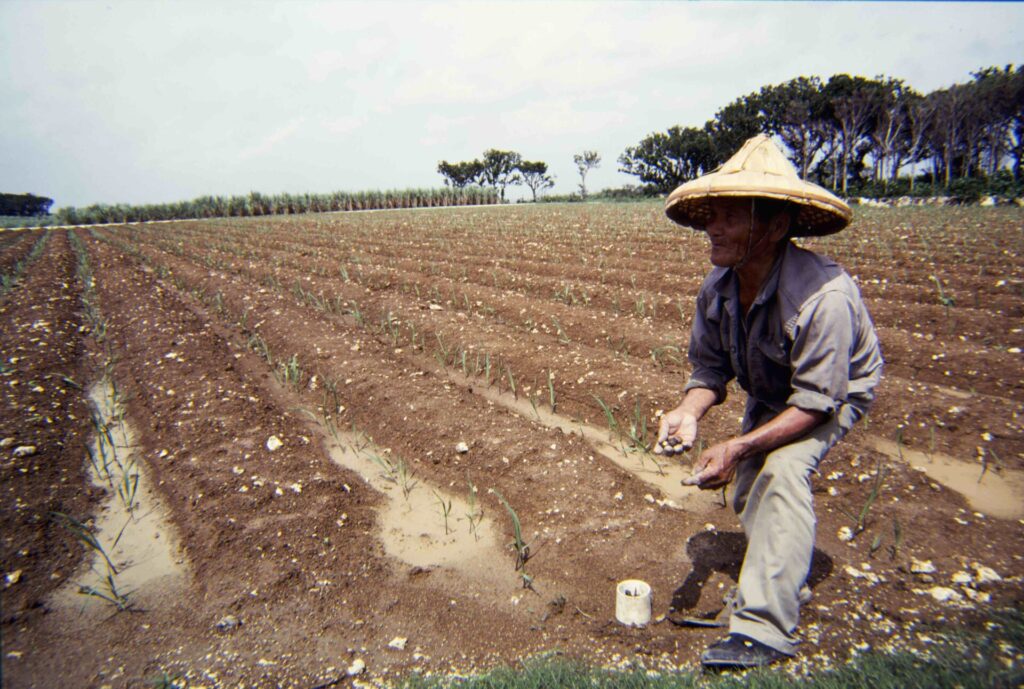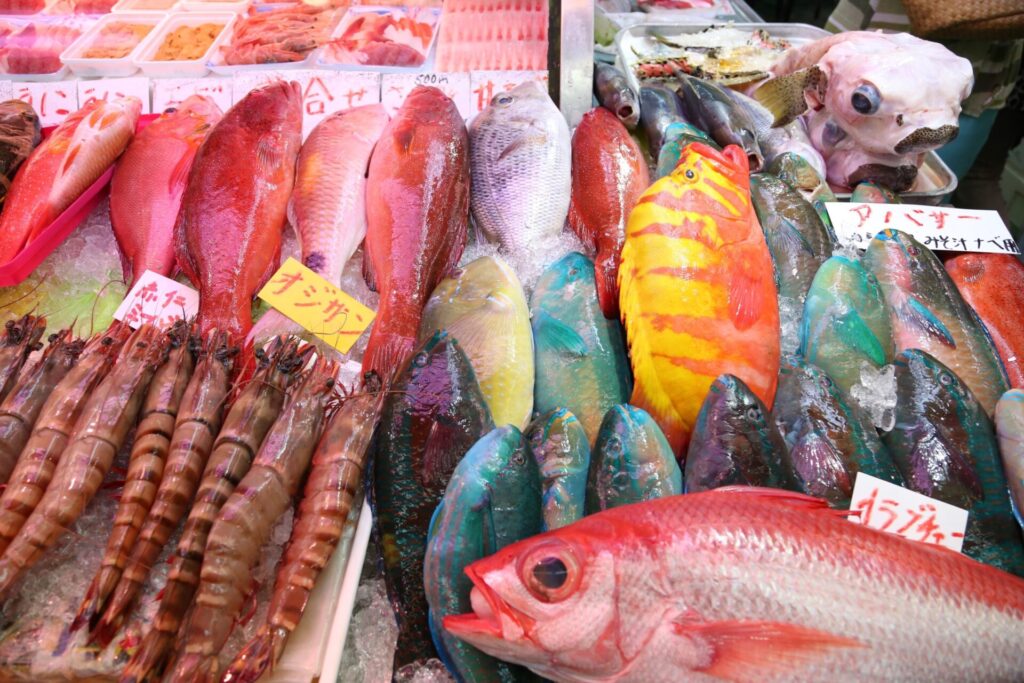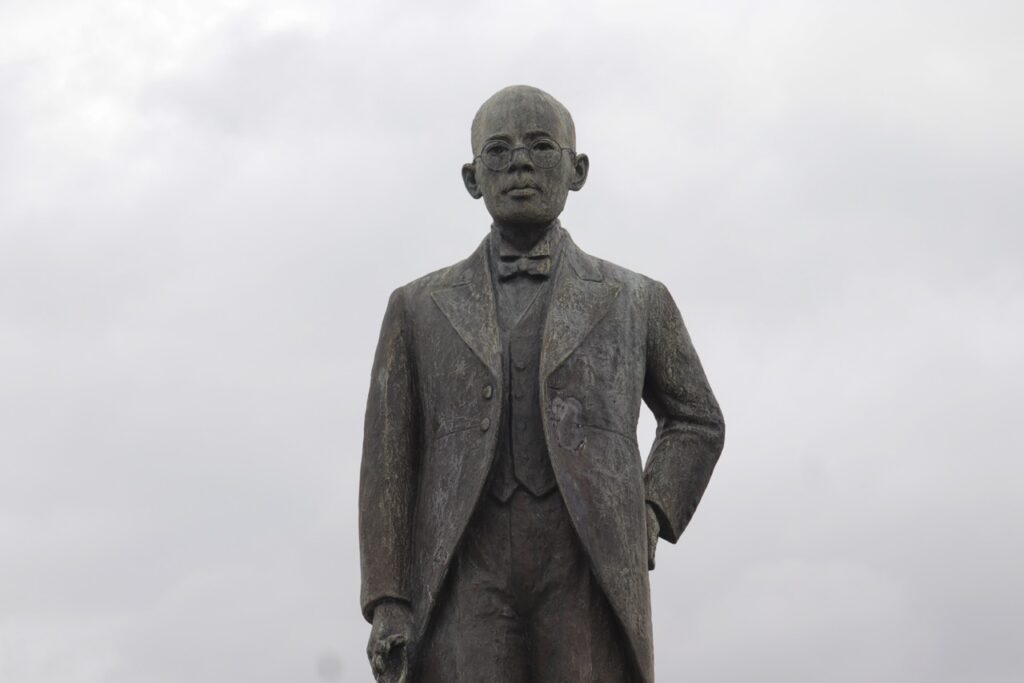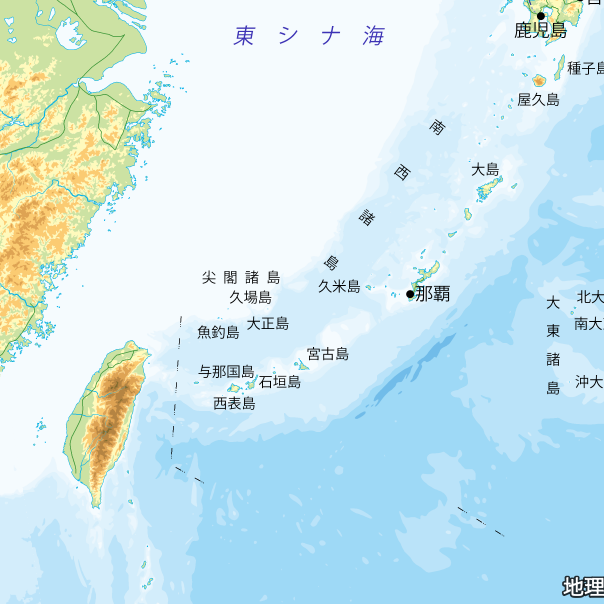Route 1

Before Okinawa’s reversion to Japan, Route 1 was the major artery of the main island of Okinawa. It extended about 120 kilometers from Naha through Nago and ended at Kunigami village, connecting most of the military bases, facilities, and towns. Particularly, the 65 kilometers stretch between Naha and Nago was managed by the military, and hence they had the right of way. Nowadays, the road is extended north beyond the sea to the other islands, such as Amami-Oshima and Tanega Island, all the way to Kagoshima and is maintained as a national road, Route 58.
As World War II ended and the Korean War began, bases were built in many areas of Okinawa for permanent use. The American military constructed Route 1 and placed it under military control to connect the bases. Most of them were improved old roads, but in some places, they had to relocate villages or split them right in the middle. People lost their homes and settled around the bases, making their living by working for the military. In other words, people’s lives were concentrated along Route 1.
However the road was not for civilian use; it even lacked a median. It was constructed for military planes’ emergency landing and take-off; the paving was just good enough to suit huge military vehicles; the soil was exposed at the edges of these American-style roads.
Okinawa is rainy. Large puddles appeared all over the road and I used to step in them in the dark. Since then, the town has been busy all night long. Route 1 flowed right through such a bustle, splitting it in two. We would cross the road slightly tipsy, slipping between the foreign cars parked perpendicular to the route. All of us were quite agile, given that in Okinawa under the control of the United States government, one’s life was not guaranteed.
Upon reversion, Route 1 was transferred to Japanese control and the traffic lanes switched from right to left on July 30th, 1978, thus it was magically transformed into Route 58. The sidewalks and roadside trees were neatly installed, now looking no different from any other Japanese road. Today, the huge military trucks were replaced by flocks of shiny cars and hefty buses, connecting cities to cities, airports to resorts. The fact that most Uchinānchu1 had spent their lives somewhere along Route 1, or that many had after all spent their youth hardly a step away from it, all just seems like a dream now.
- Okinawan.





































































































































































































































